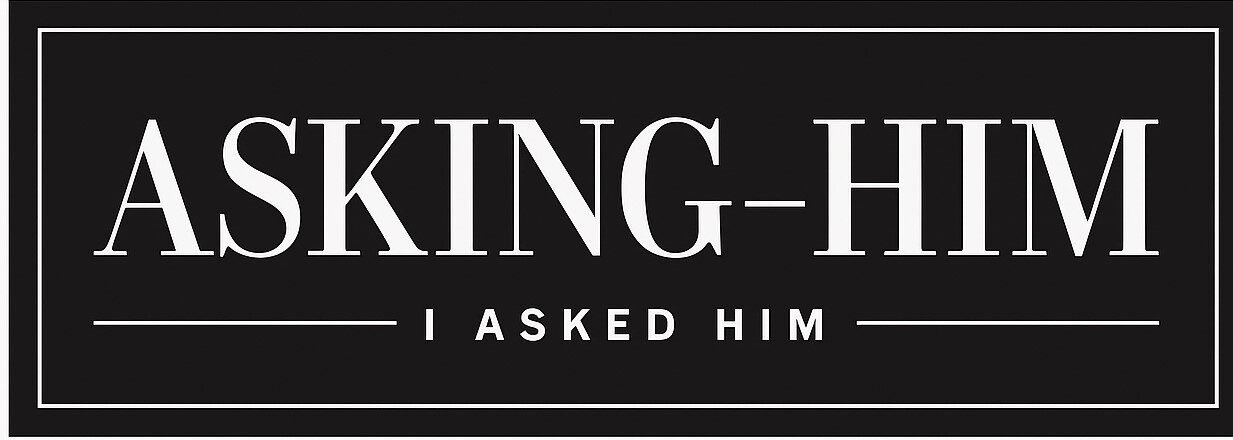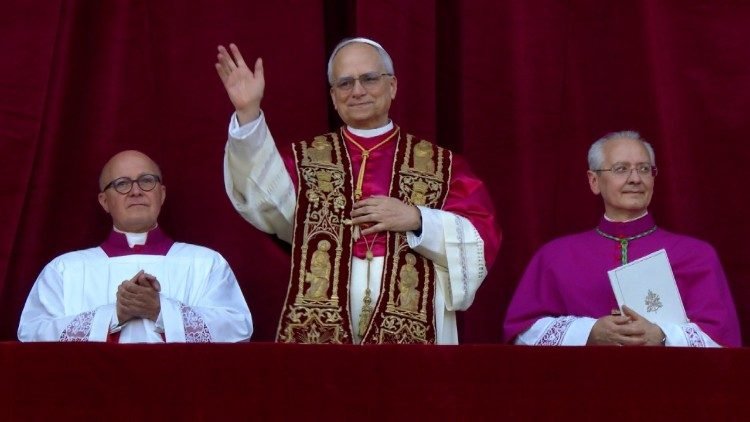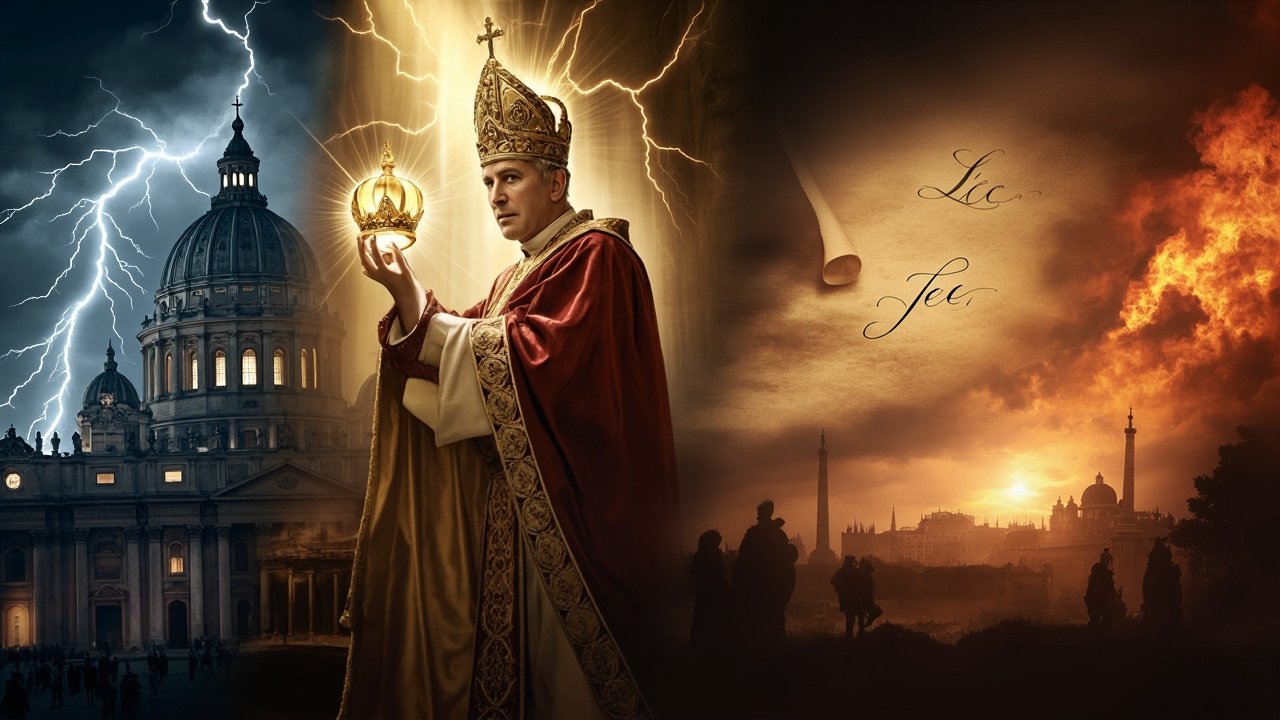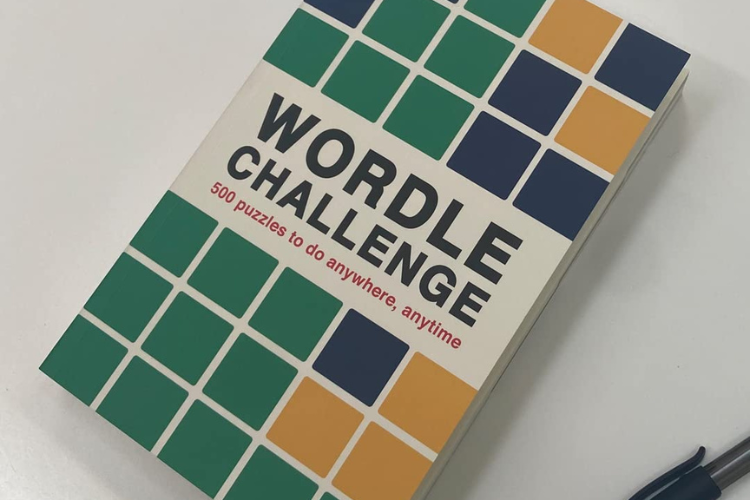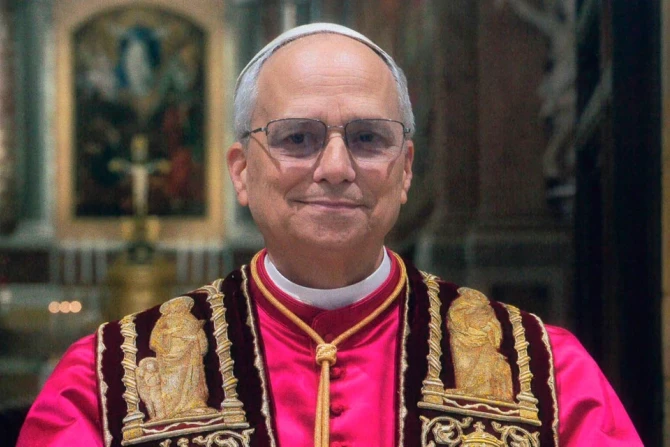
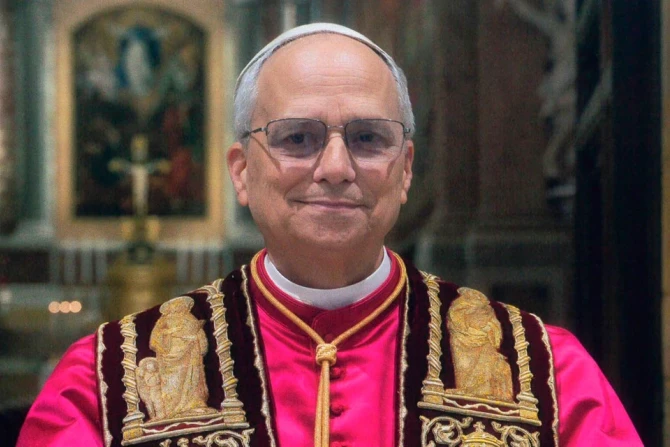
Official portrait of Pope Leo XIV. Image courtesy of Vatican Media, distributed by Catholic News Agency.
A Pontiff Unlike Any Other
In a world often skeptical of power and tradition, the rise of Pope Leo XIV, born Robert Francis Prevost, offers something refreshingly different: authenticity. Not because of grand pronouncements, but because of something far more disarming—his humanity. From White Sox games and daily Wordle sessions to decades of missionary service in Peru, Pope Leo brings warmth, humility, and humor to a role many see as distant.
As some viewers criticized a viral reel showing him dancing and smiling, others saw something revolutionary: a pope who is profoundly one of us—relatable, vibrant, and real. This article is for the skeptics, the faithful, and the curious, inviting all to understand the deeper story behind the man now seated on the Chair of Saint Peter.
I. Childhood & Formation: A Chicago Son
Pope Leo XIV was born September 14, 1955, in Chicago, Illinois, to a working-class family with deep Catholic roots. He grew up in the south suburban town of Dolton, a place that shaped his down-to-earth nature and enduring connection to the everyday person.
- High School & Vocation: He entered the Augustinian seminary as a teenager, drawn by a desire to serve, not to lead.
- Villanova University (1977): He earned a B.S. in Mathematics, showing early signs of intellectual rigor alongside spiritual calling.
- Catholic Theological Union in Chicago (1982): Received his Master of Divinity—a milestone in his formation as a priest.
- Pontifical University of St. Thomas Aquinas (Rome, 1987): Completed a doctorate in Canon Law, equipping him for complex administrative roles he would later carry out with grace.
Throughout this period, Robert Prevost maintained a close relationship with his siblings—especially his brother John Prevost, with whom he still shares daily habits like Wordle and Words With Friends, even during monumental events like the papal conclave.
II. Missionary Timeline: The Peruvian Years
Perhaps the most defining chapter of Pope Leo’s life happened far from Rome and Chicago. From the villages and churches of northern Peru, he built the kind of character that only time, service, and suffering can forge.
1985–1986: Chulucanas, Peru
- First missionary assignment as a parish priest and diocesan collaborator.
- Learned Spanish and immersed himself in local culture.
1988–1998: Trujillo, Peru
- Rector of the Augustinian seminary.
- Taught Canon Law while actively engaged in pastoral care and social outreach.
- Developed deep friendships with indigenous and working-class communities.
2015–2023: Bishop of Chiclayo
- Appointed by Pope Francis as bishop of a diverse and economically challenged diocese.
- Nicknamed “el obispo del pueblo” (the people’s bishop).
- Later called to Rome as Prefect for Bishops, a role preparing him quietly—but prophetically—for the papacy.
His nearly 30 years in Peru left an indelible mark—not just on his heart, but on the way he views the role of the Church: as a companion to the poor, not a judge above them.
III. The Flavor of Peru: Ceviche, Cabrito, and Seco
To know Pope Leo XIV is to know a man who lives what he loves. And that includes food. In multiple interviews and family anecdotes, it’s been confirmed that the Pope’s favorite dishes are deeply Peruvian:
- Ceviche: A national treasure made of marinated fish in lime juice, served with sweet potato and corn. Pope Leo has often praised its refreshing simplicity and bold flavor.
- Cabrito: Slow-roasted young goat, marinated in chicha de jora (fermented corn beer), cooked with onions, garlic, and Peruvian spices.
- Seco de Carne: A cilantro-based beef stew, slow-cooked until tender, served with white rice and beans.
We will soon publish a full blog article featuring these recipes with cultural history, preparation methods, and footage (if available) of Pope Leo engaging with local cuisine. Stay tuned for updates.
IV. Sports & Soul: Baseball, Karaoke, and Brotherhood
Despite his high office, Pope Leo XIV never shed the skin of a Chicago son.
A White Sox Man
At the 2005 World Series, he was caught on video cheering with enthusiasm for the Chicago White Sox—an appearance that went viral after his election. The footage shows a man full of joy, deeply in touch with his roots.
His family later confirmed: “He is not a Cubs fan—he’s South Side all the way.”
Karaoke at Christmas
In a separate interview, his fellow priests and staff shared stories of Pope Leo singing Christmas karaoke, especially traditional American and Peruvian songs. Silent Night, Feliz Navidad, and local ballads are among his favorites. It’s his way of building joy and unity in even the most formal gatherings.
Daily Wordle & Words With Friends
Brother John Prevost recently shared that Pope Leo plays Wordle every day—yes, even during the conclave—and rarely loses. They also enjoy long games of Words With Friends, which he sees as “a way to stay sharp and stay close.”
V. His Approach to Power: Gentle, Just, and Joyful
What distinguishes Pope Leo XIV isn’t just his background—it’s his posture.
- He walks slowly, talks softly, and listens deeply.
- He doesn’t flaunt titles, but builds relationships.
- He prioritizes joy, even when facing serious decisions.
This is the Pope who visited the elderly homes of Chiclayo long before he ever sat on a Vatican throne. Who quietly gave a portion of his stipend to seminarians struggling to pay for books. Who asked not to be addressed as “Eminence,” but as “Hermano Roberto.”
He brings with him the same posture as Christ: not to be served, but to serve.
Conclusion: The Pope Who Feels Like Family
In Pope Leo XIV, the world meets a leader who sings, laughs, eats well, plays games, and serves without pride. This is not weakness—it’s holiness in its most disarming form.
He is not just a bishop, a scholar, or a pope.
He is a brother. A friend. A shepherd.
He is, truly, the people’s pontiff.
Image source: Vatican News – © Vatican Media. Used for editorial purposes only.
